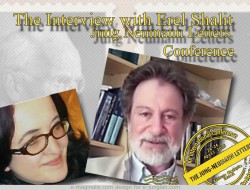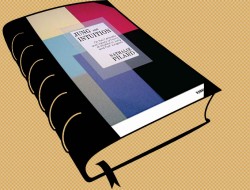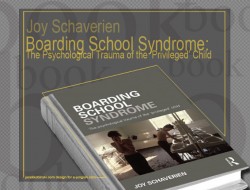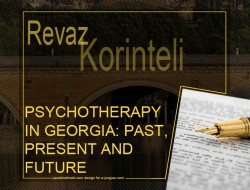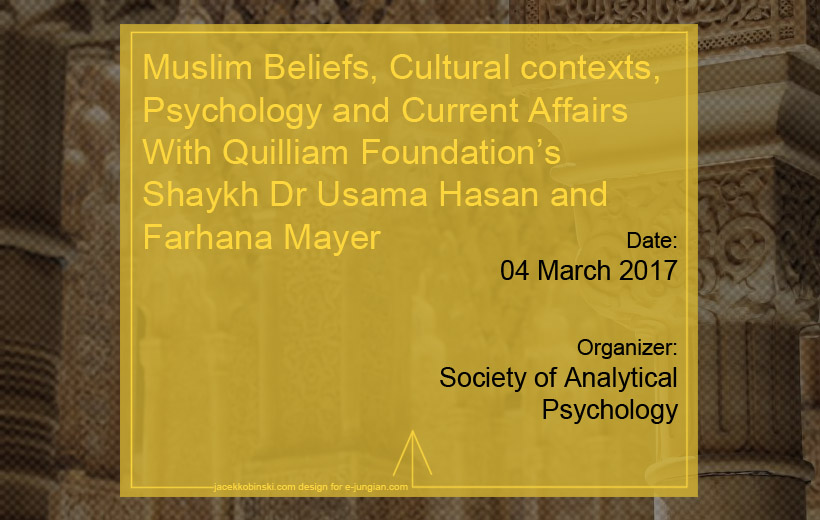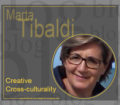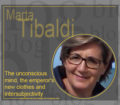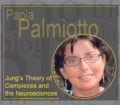- Series: Norton Series on Interpersonal Neurobiology
- Hardcover: 248 pages
- Publisher: W. W. Norton & Company (April 12, 2010)
- Language: English
- ISBN-10: 0393705617
- ISBN-13: 978-0393705614
The author of this book, a Jungian analyst Margaret Wilkinson, is drawing on the contemporary cutting edge research in the field of neurobiology, and particularly on the neurobiology of trauma and the complex and mutual relationships between the cognitive and emotional aspects of human development and experience, between the left-brain activity and the right-brain dominated part of life. Those interrelationships seem to be both a major outcome and a further point of interest of what is being nowadays referred to as neuropsychobiology, with its implications for modern psychodynamic thinking about the nature and structure of psychological disturbances and their implications for the practice of depth psychotherapy and analysis. Wilkinson combines the findings of neurobiological research and attachment theory when she writes about the importance of the inter-relatedness of what she calls „the thinking and feeling strands in therapy”, which has been – as she is aptly pointing – for the large part divided in the history of psychotherapy. She is using those categories to write about the mind-brain-body continuum (the subtitle for the book is: Emotion, Attachment, Trauma, and Neurobiology).
Regardless of one’s attitude towards the connections that are the subject of Wilkinson’s studies, it seems to me that those modern scientific findings cannot be ignored in how we think today about psyche and psychological processes, both conceptually and in terms of their practical implications for the everyday practice in therapeutic and analytical offices. After all, Wilkinson’s reflection is touching upon Jung’s original intuition formulated in his idea of the psychoid. And Margaret Wilkinson is doing the fine job of moving in-between the realms of the imaginal analytical and relational language and the language of contemporary science. Scientific reflection is accompanied with clinical illustrations, which makes this book – despite the complexity of the subject – highly readable. In many respects this book is a classic in the field of post-Jungian literature. To quote Andrew Samuels’ review:
Destined to be one of those books that everyone cites! Wilkinson is among the very few writing in psychotherapy and psychoanalysis today who can do the science without losing the art. She assembles and organizes for us a feast of theoretical and clinical material, and adds more than a dash of her own remarkably creative thinking.
TJJ
Buy at the W.W. Norton & Company Inc.
 Margaret Wilkinson is a professional member of the Society of Analytical Psychology, and The West Midlands Institute for Psychotherapy, and a member of the editorial board of the Journal of Analytical Psychology. She leads neuroscience research reading and clinical discussion seminars for The Northern School of Child and Adolescent Psychotherapy, Leeds and Cambridge, for the Institute of Mental Health at The University of Nottingham, and at The Society of Analytical Psychology, London. She lectures internationally on contemporary neuroscience and its relevance to clinical practice. She is the author of numerous papers and books. Her previous book Coming into Mind: The Mind-Brain Relationship: A Jungian Clinical Perspective was published by Routledge in 2006. She is currently working on a new book called The Embodied Psyche. She is in private practice in North Derbyshire.
Margaret Wilkinson is a professional member of the Society of Analytical Psychology, and The West Midlands Institute for Psychotherapy, and a member of the editorial board of the Journal of Analytical Psychology. She leads neuroscience research reading and clinical discussion seminars for The Northern School of Child and Adolescent Psychotherapy, Leeds and Cambridge, for the Institute of Mental Health at The University of Nottingham, and at The Society of Analytical Psychology, London. She lectures internationally on contemporary neuroscience and its relevance to clinical practice. She is the author of numerous papers and books. Her previous book Coming into Mind: The Mind-Brain Relationship: A Jungian Clinical Perspective was published by Routledge in 2006. She is currently working on a new book called The Embodied Psyche. She is in private practice in North Derbyshire.
Tags: attachment, brain, Margaret Wilkinson, mind, neurobiology, psychotherapy, trauma










